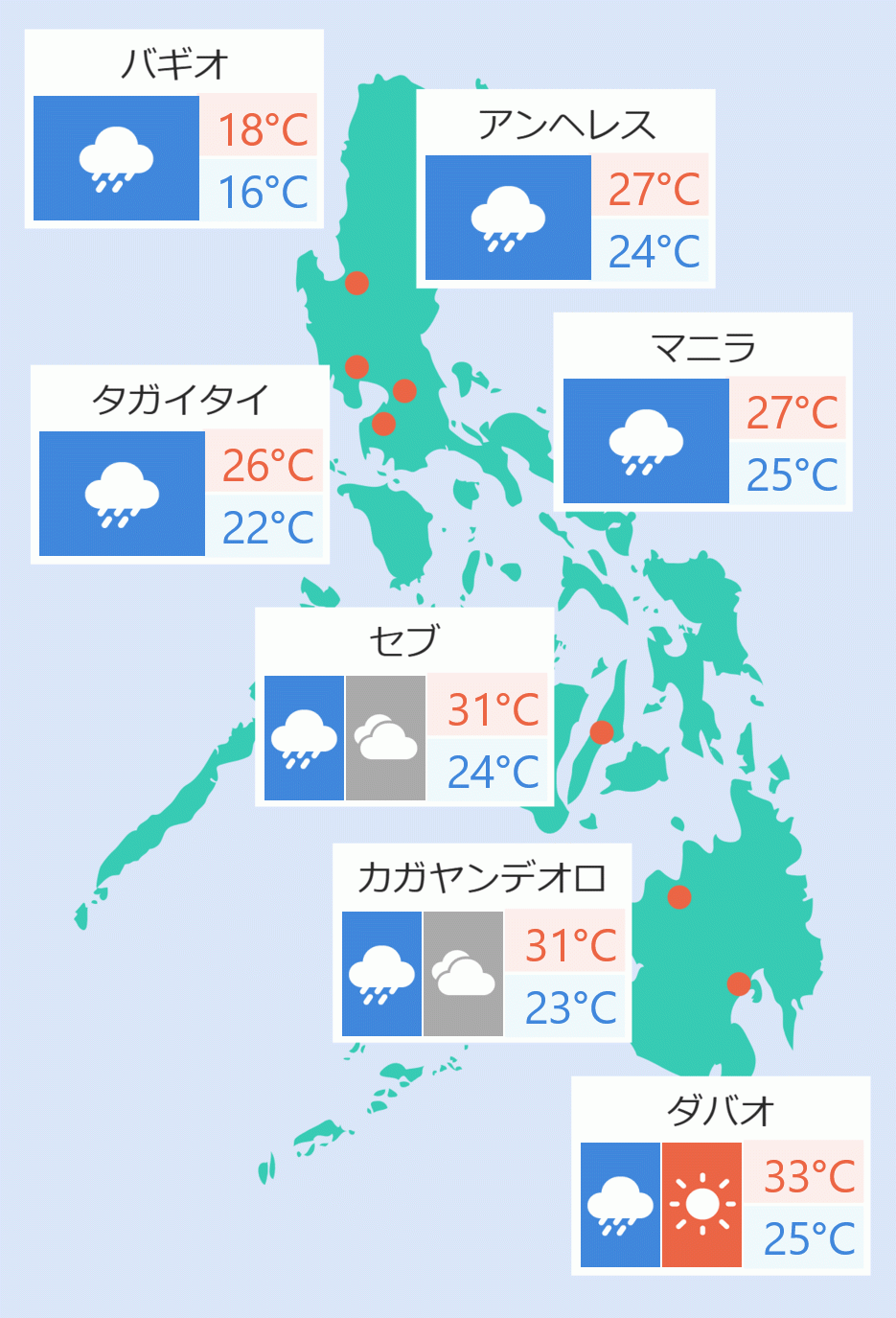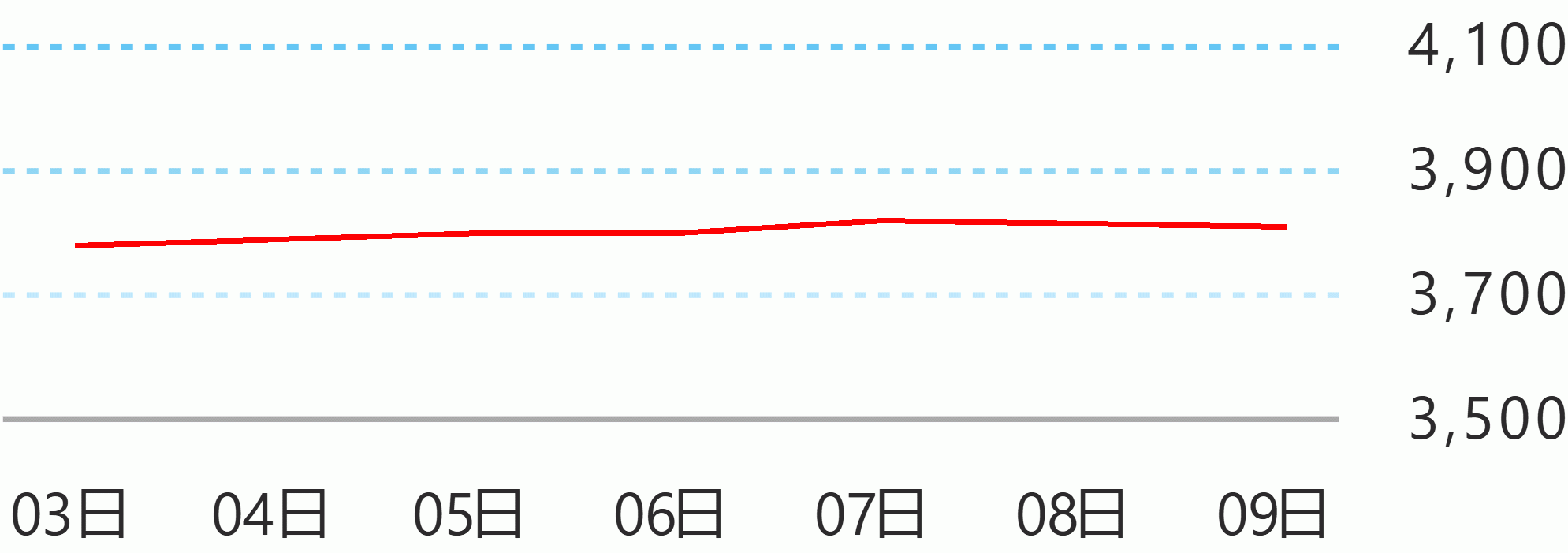The Philippines attained its highest-ever number of tourist arrivals despite the temporary closure of world-famous resort Boracay, the Department of Tourism (DOT) said Thursday.
The tally of 7,127,168 represents a 7.65 percent growth rate compared to 6,620,908 in 2017.
“This is a time that celebrates the 7.1 million tourist arrival count - the highest ever in our country’s history, while at the same time championing the cause of an economic activity that can support and transform lives of common Filipinos,” announced Tourism Secretary Bernadette Romulo-Puyat.
Puyat spearheaded the National Tourism Development Plan (NTDP) 2016-2022 review that aims to reassess targets and DOT's programs to make them more competitive, inclusive and sustainable.
This tourism milestone happened amidst the closure of the country’s flagship destination and the department’s change of leadership last year.
“The challenging act of closing down Boracay- a flagship destination, the country’s top sun-and-beach destination has evidently become a blessing in disguise for secondary tourism spots to have a share of the limelight and attention they truly deserve,” Puyat added.
The island’s rehabilitation opened up opportunities for alternative destinations like Siargao, Iloilo, Palawan, La Union, Romblon and Siquijor, among others attracting more foreign tourists from the different markets.
South Korea remained the country’s top source market with 1,587,959 while China recorded 1,255,258 arrivals, the most improved market at an impressive 29.62 percent growth rate.
USA remained at third with 1,034,396 arrivals. Japan and Australia wound up the top five markets with 631,801, and 279,821 arrivals respectively.
Completing the top twelve markets are Taiwan, 240,842; Canada, 226,429; United Kingdom, 201,039; Singapore, 171,795; Malaysia, 145,242; India, 121,124, and Hong Kong, 117,984.
December registered 687,726 foreign tourist arrivals second best to the month of January 2018 at 732,506.
“We are now in a time in need of vigilance - a dedication to the principle of a sustainable and inclusive tourism industry,” Puyat said. DMS





 English
English









